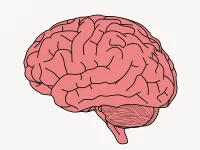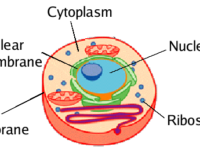Cancer is a disease that impacts an immense amount of people globally. In the US alone, about 5.5% percent of the population has been diagnosed with a form of cancer. However, there is still so much unknown about its cause. The question persists: why is so little known about the cause of cancer?
This disease is highly complex and specific to the area or organ of the body it infects. It depends on genes, environment, diet, and any other possible factors experienced throughout life. Genes are highly detailed, as they encode everything that makes a human. The central dogma of molecular biology states that DNA leads to the formation of messenger RNA, and this messenger RNA can ultimately lead to a protein. However, some sections do not code for proteins within the matured messenger RNA. These sections, known as untranslated regions, provide the marker needed for the process of translation, which uses the messenger RNA to create an amino acid sequence, eventually forming a protein. In an mRNA molecule, there are two untranslated regions (UTRs) at each end of the mRNA: a 5’ and a 3’ end. The 5’ end of the mRNA has a guanine cap, and the 3’ end has a polyadenylation sequence, which consists of repeated adenines. In the review article from EMBO Molecular Medicine, researchers summarize that “a mutation that creates a polyadenylation signal in CCD1 shortens its 3′‐UTR and increases the risk of mantle cell lymphoma.” A study from Adrian Wiestner out of Harrington Discovery Institute found that when comparing tumors, the patients who had tumors with the normal CCD1 mRNA survived 1.9 years longer than those with a mutation in CCD1.
“The median survival for patients whose tumors expressed full-length cyclin D1 mRNA (n = 69) was 3.28 years, compared to 1.38 years for tumors expressing truncated cyclin D1a mRNAs.”
This minute change in the sequence of messenger RNA can have a significant impact and lead to an aggressive form of cancer. Considering this small cause of cancer, it could be one of the explanations as to why it has been so challenging to find the root cause of cancer. Rather than looking at the big picture, sometimes the solution is in the details. In the future, researchers can use this notion to conduct genomic research to discover further the intertwining of the cause of cancer and its development.






